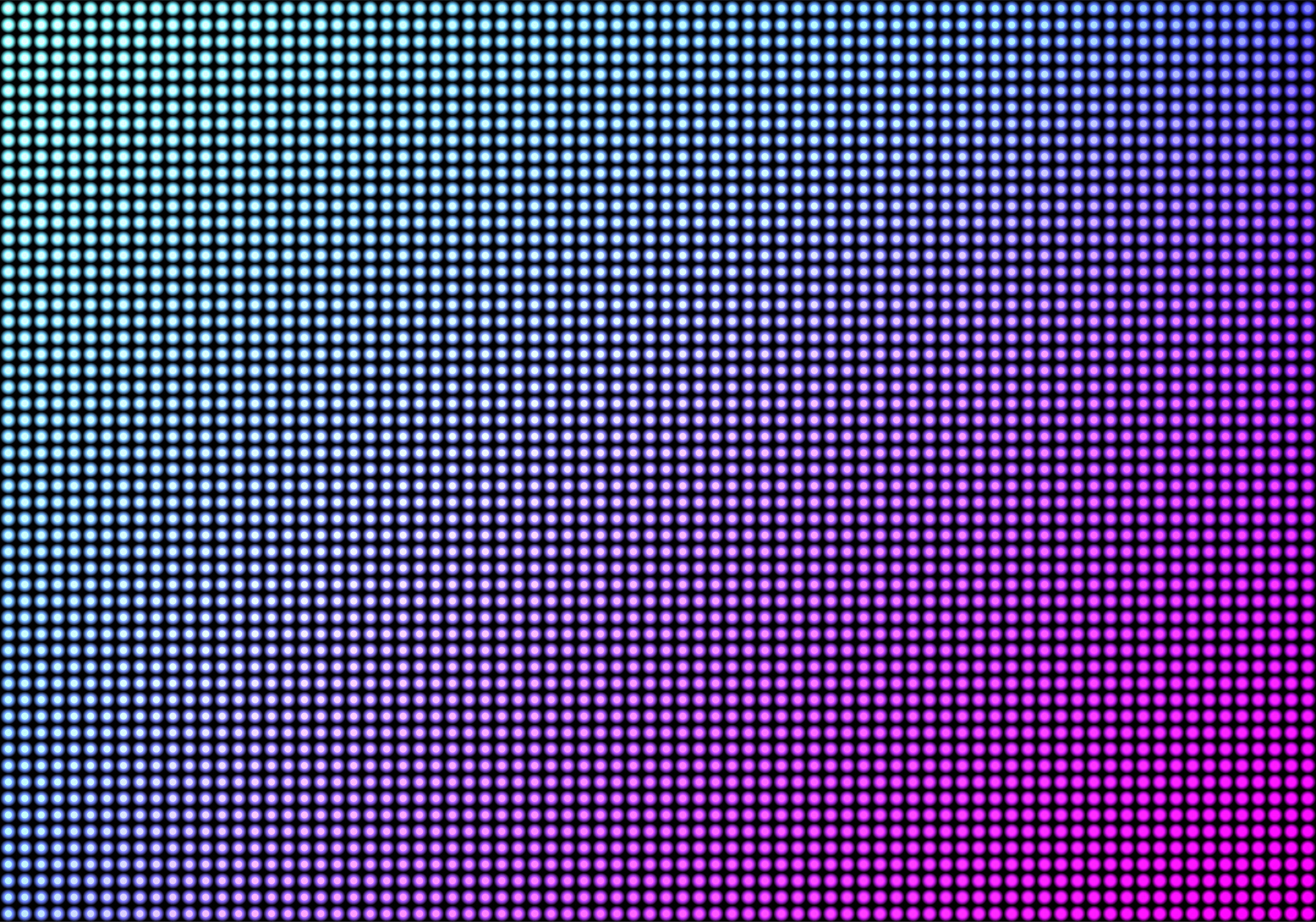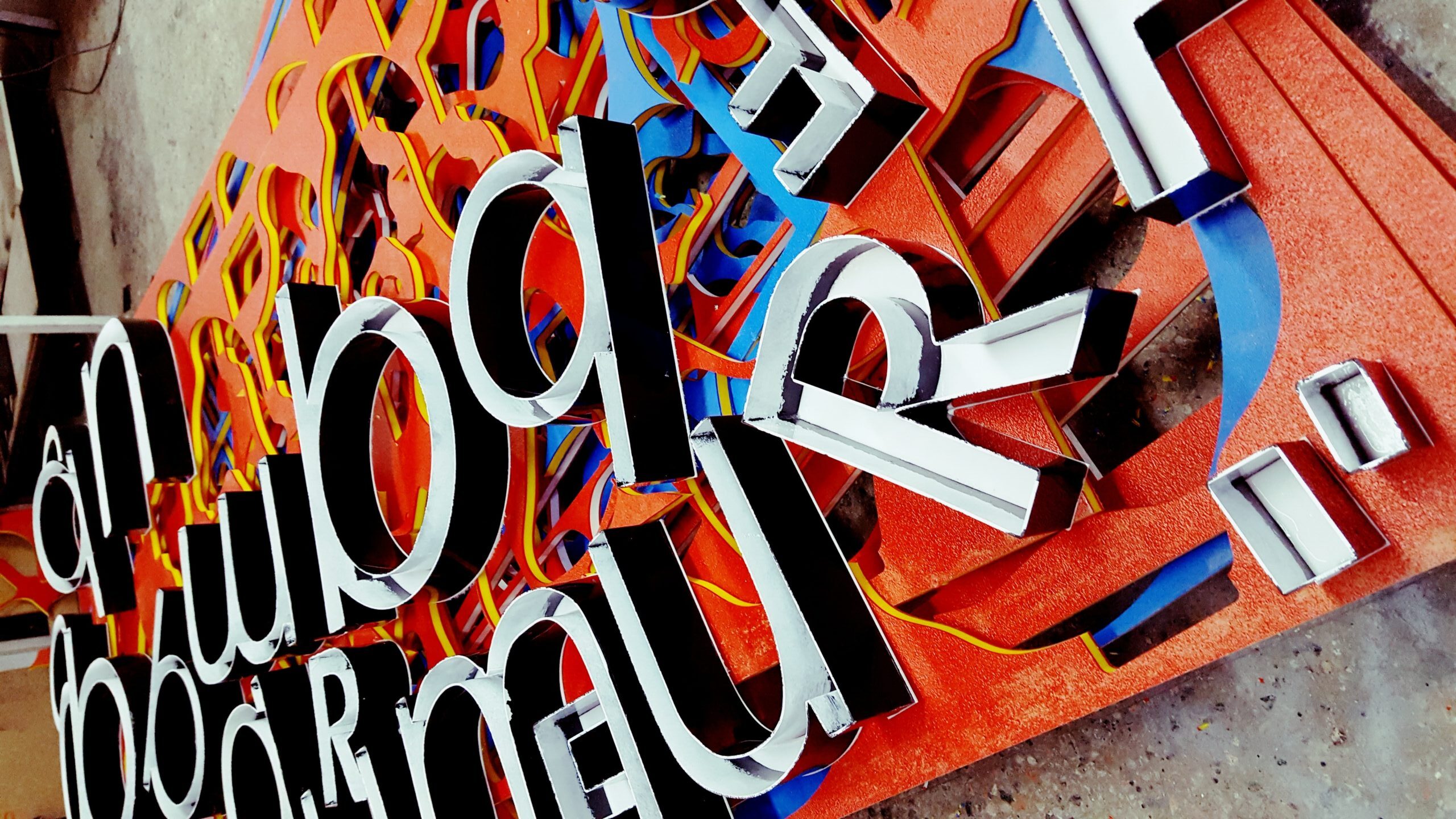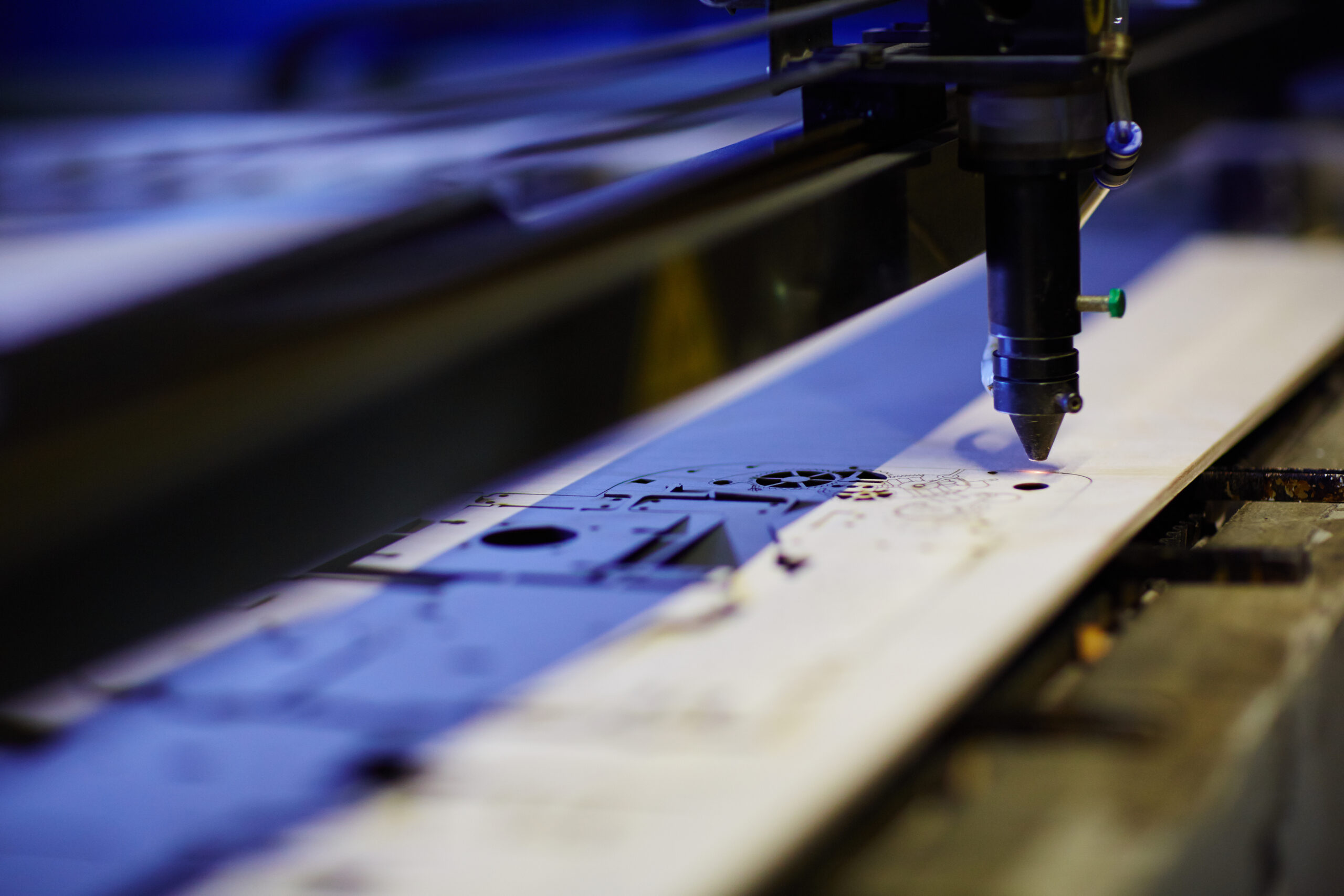In the world of signage, LED (Light Emitting Diode) technology has ushered in a transformative era. Traditional neon and fluorescent signs are gradually yielding to the rise of LED signs, offering a host of benefits that extend far beyond mere illumination. Let’s delve deeper into how LED technology is reshaping the landscape of signage.
Energy Efficiency: A Brighter, Greener Option
At the forefront of LED technology’s advantages in signage is its exceptional energy efficiency. Unlike traditional lighting methods, LEDs consume significantly less electricity while providing brighter and more vibrant illumination. This feature is not only cost-effective but also aligns with the growing environmental consciousness of businesses.
LEDs are designed to be energy-efficient from the ground up, emitting little heat and converting more electrical energy into visible light. This reduced energy consumption translates into lower electricity bills for businesses and a reduced carbon footprint, making LED signs an eco-friendly choice.
Creative Freedom: Dynamic and Captivating Displays
LED technology offers sign designers an unparalleled canvas for creativity. LED signs can be customized in terms of color, brightness, and animation, enabling businesses to create visually striking displays that command attention. This creative flexibility is invaluable for conveying messages, promoting products or services, and enhancing brand visibility.
Color Variability
LEDs come in a wide range of colors, and they can be programmed to create virtually any shade imaginable. This versatility enables businesses to match their signage precisely to their brand colors or create captivating displays that stand out.
Dynamic Animations
Unlike static neon signs, LED signs can incorporate dynamic animations and effects. These animations can be used to convey messages, highlight promotions, or simply add a captivating element to the signage.
Versatile Form Factors
LED technology can be applied to various sign types, including channel letter signs, digital billboards, and video walls. This versatility means that businesses have the freedom to choose the form factor that best suits their needs and location.
Enhanced Visibility: Day and Night
The visibility of signage is paramount to its effectiveness. LED signs maintain their brightness even in broad daylight, ensuring that the message remains visible and impactful regardless of the time of day. This contrasts with some traditional signs that may fade in bright sunlight.
Moreover, LEDs provide a uniform and crisp illumination that makes text and graphics on signs highly legible. This is crucial for ensuring that the message is conveyed clearly and effectively, whether it’s a business name, directional information, or promotional content.
Remote Control: Real-Time Management
Modern LED signage often comes with the advantage of remote control and management. Through user-friendly computer software or mobile apps, businesses can change the content and settings of their signs in real-time. This flexibility allows for timely updates, promotions, and event announcements, without the need for physical intervention or on-site adjustments.
Conclusion
The integration of LED technology into the world of signage represents more than just a technological advancement; it’s a transformation. LED signage offers energy efficiency, creative freedom, enhanced visibility, and real-time management capabilities. Businesses that embrace LED signage not only reduce their energy costs and carbon footprint but also create captivating displays that engage and resonate with their audience.
As technology continues to advance, we can expect even more exciting developments in LED signage. In this era of environmental consciousness and visual impact, LED signs are not just lights; they are the beacons of a brighter, more dynamic, and sustainable future. The next time you encounter a vibrant LED sign, remember the innovation that made it possible and the endless possibilities it holds for the world of signage.












